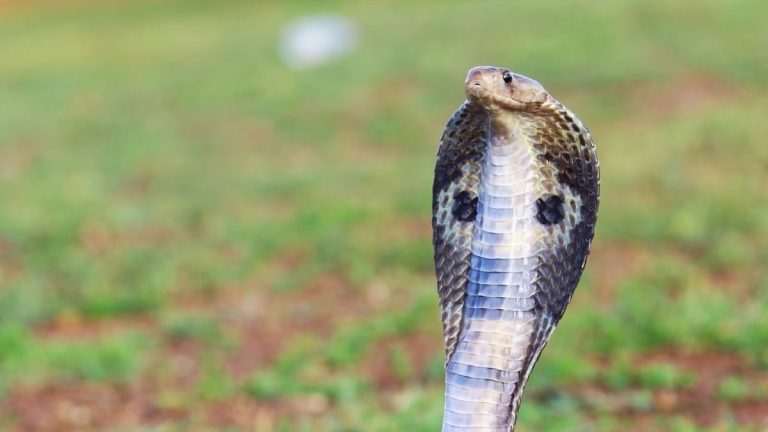Last updated:

King cobras, which can grow up to 18 feet in length, are known for their deadly venom and powerful hunting abilities. (Representative photo)
The practice of eating other snakes helps reduce competition for food resources and ensures a steady supply of prey.
Snakes are long-standing objects of fascination in human folklore and mythology, and they exhibit a unique behavior known as serpentine, or eating other snakes. This phenomenon is primarily observed in several species of snakes, with the king cobra being a notable example. King cobras get their name from their diet, preying on other venomous snakes including kraits and cobras. Found mainly in India, southern China and parts of Southeast Asia, king cobras can grow up to 18 feet in length and are known for their deadly venom and powerful hunting abilities.
The practice of eating other snakes helps reduce competition for food resources and ensures a steady supply of prey. In addition to the king cobra, North America's eastern kingsnake is an example of a snake that preys on other snakes. Unlike king cobras, Eastern king snakes are immune to the venom of various dangerous species, including rattlesnakes. King snakes use constriction to kill their prey, enveloping it and suffocating it – an especially effective method against other snakes that cannot escape its powerful grasp.
Intra-species predation or cannibalism also occurs among snakes. Factors such as food shortages, stress, and territorial disputes can cause snakes to eat members of their own species. For example, African rock pythons have been recorded eating smaller individuals of their species during times of food shortage. One of the largest snakes, the African rock python can grow over 20 feet in length, and its size and strength allow it to overwhelm and eat other large snakes.
Stress and inappropriate living conditions further exacerbate this behavior. A study published in “Reviews of Herpetology” It was emphasized that in captivity, overcrowding and poor living conditions increase the likelihood that snakes can eat each other. Snakes kept in small enclosures with limited hiding spots are particularly susceptible to this aggressive behavior.
This behavior of snakes highlights the complex dynamics of survival and adaptation in the reptilian world.
